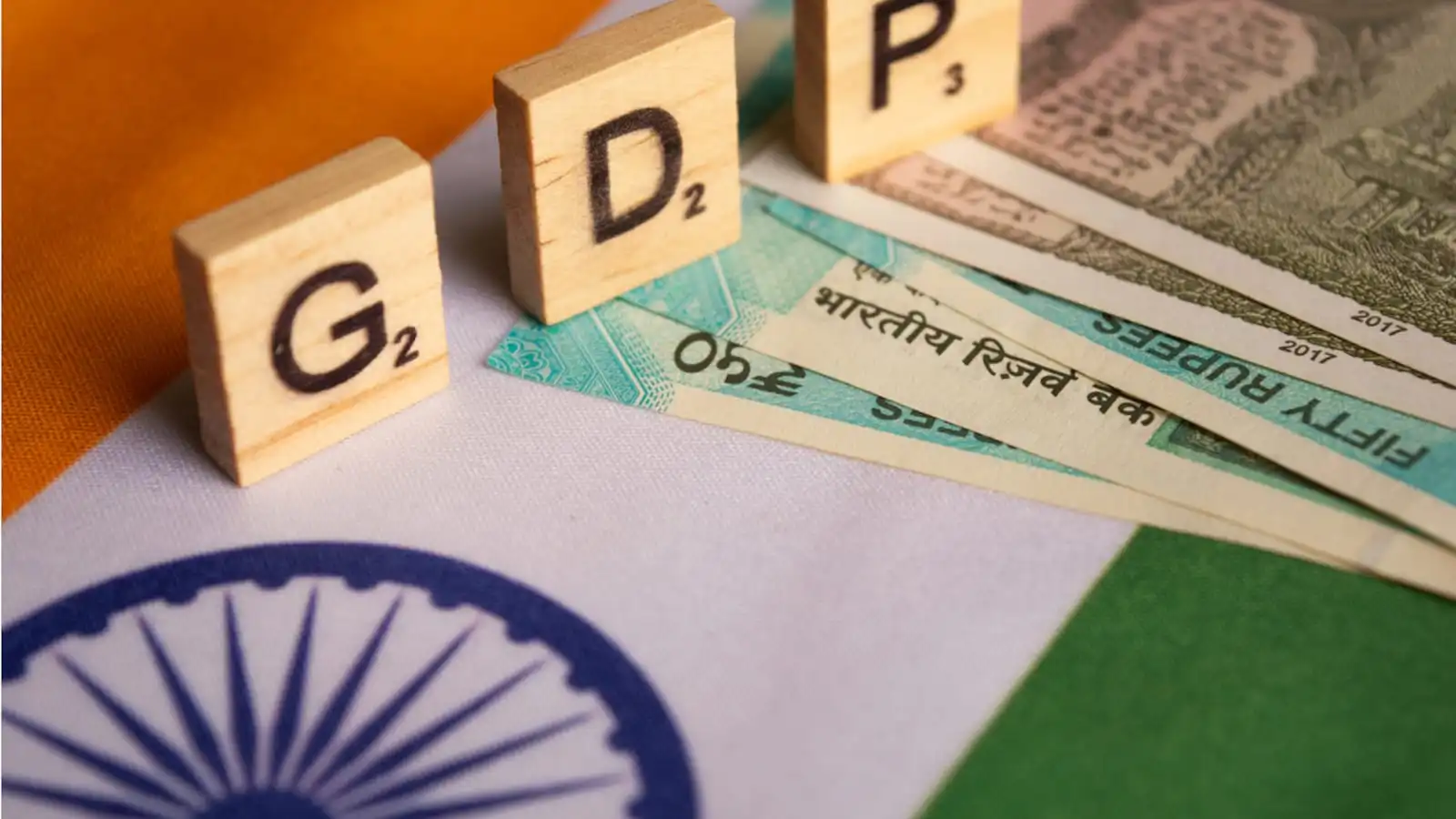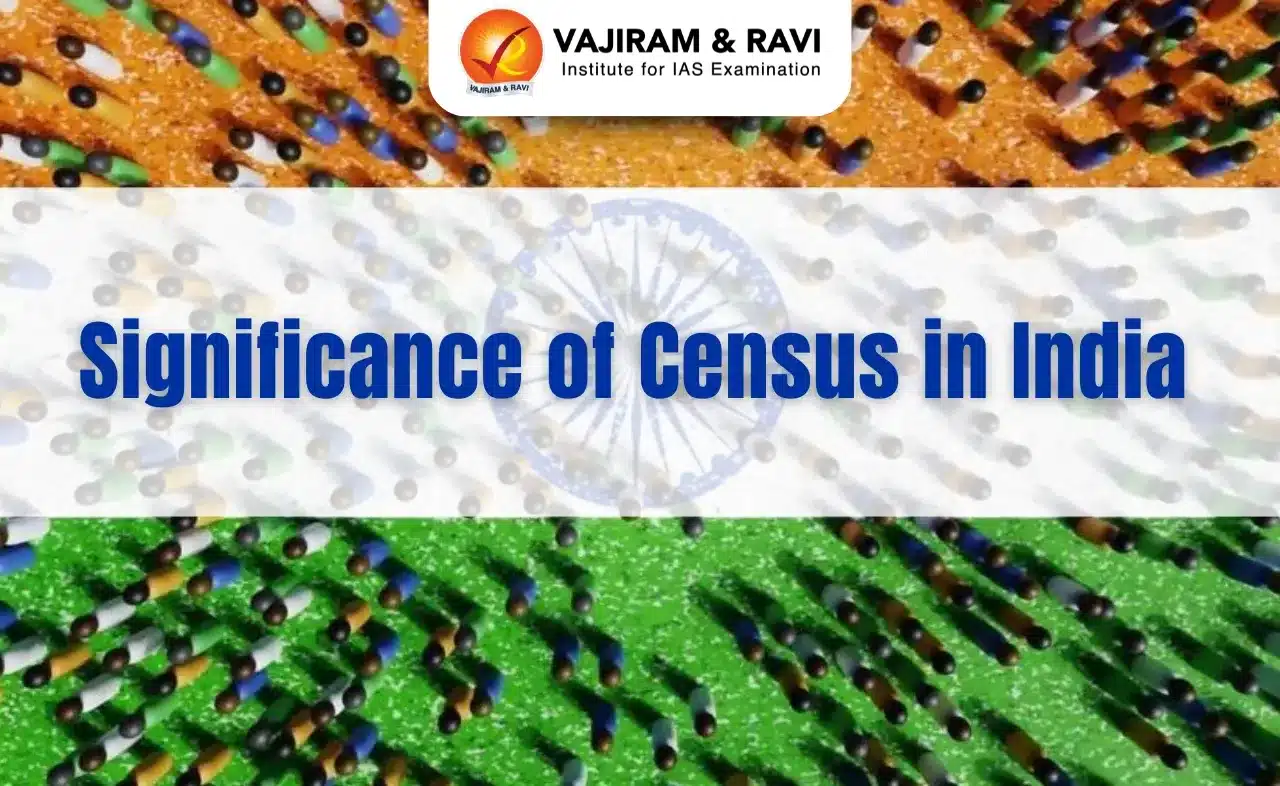What’s in Today’s Article?
- Why in News?
- What is the Gross Domestic Product (GDP) Estimates?
- What are the FAEs and their Significance?
- What does the FAE Data Show?
- How India’s GDP Growth is Calculated?
- What is Contributing/Dragging India’s Current GDP Growth?
Why in News?
- According to the First Advance Estimates (FAEs) released by the Government of India, India’s GDP will grow by 7.3% in the current financial year (2023-24), slightly faster than the 7.2% growth in 2022-23.
What is the Gross Domestic Product (GDP) Estimates?
- The FAE is presented at the end of the first week of January every year and are only the first estimates of growth for that financial year.
- By the end of February, the Ministry of Statistics and Programme Implementation (MoSPI) will release the Second Advance Estimates and, by the end of May, the Provisional Estimates.
- The GDP estimates continue to be revised as more and better data become available and in the coming 3 years, MoSPI will release the 1st, 2nd and 3rd Revised Estimates of this year’s GDP before settling on the “Actuals”/ final number.
What are the FAEs and their Significance?
- The FAE are based on the performance of the economy over the first 7-odd months, and the data are extrapolated to arrive at an annual picture.
- This means that the estimates available for the previous year (2022-23) are extrapolated using the relevant indicators reflecting the performance of sectors.
- The crucial significance of the FAEs is that they are the last GDP data released before the Union Budget for the coming financial year (which is presented on February 1) is finalised.
- As such, the FAEs constitute the base for the Budget numbers.
- However, since Lok Sabha elections will be held in April-May (2024), a full-fledged Union Budget will not be presented this year.
- This year’s FAEs draw some additional significance from the fact that they provide the first complete picture of economic growth in the 10 years of the present government.
What does the FAE Data Show?
- The chart shows India’s real GDP (GDP after excluding the effect of inflation), both in absolute terms (in Rs lakh crore) and in terms of growth rate.
- By the end of March 2024, India’s GDP is expected to rise to almost Rs 172 lakh crore as compared to Rs 98 lakh crore in 2014 and Rs 140 lakh crore in 2019.
- On an annual basis, the 7.3% growth rate estimated for 2023-24 presents a substantial and pleasant upside surprise.
- During 2014-15 to 2018-19, the Indian economy grew at a compounded annual growth rate (CAGR) of 7.4%; and during 2019-20 to 2023-24, it was just 4.1%.
- The big reason for this is that the economy grew by less than 4% in 2019-20 (before the Covid-19 pandemic), and then contracted by 5.6% in 2020-21 (immediately after Covid struck).
How India’s GDP Growth is Calculated?
- India’s GDP is calculated by adding up all kinds of spending in the economy – the demand side of the economy.
- As such, there are four main “engines” of GDP growth.
- Spending by people in their individual capacity/ Private Final Consumption Expenditure (PFCE). It accounts for almost 60% of India’s GDP.
- Spending towards investments in boosting the productive capacity of the economy/ Gross Fixed Capital Formation (GFCF). It accounts for 30% of the GDP.
- Spending by governments to meet daily expenditures such as salaries/ Government Final Consumption Expenditure (GFCE). It is the smallest engine, accounting for around 10% of GDP.
- Net exports: Since India typically imports more than it exports, this engine drags down GDP calculations, and shows up with a minus sign.
What is Contributing/Dragging India’s Current GDP Growth?
- PFCE: In the current year, the overall demand by people is expected to grow by 4.4%. This is similar to the CAGR (4.5%) in the 2nd term of the present government but is substantially lower than the growth rate in the 1st term (7.1%).
- Muted private consumption is made worse by growing inequality (consumption among the urban rich has grown quite fast while rural India hasn’t yet recovered enough.
- While people should not consume more than their income, the muted performance of the biggest engine of growth is a matter of concern.
- GFCF: Investments have grown by 9.3% in the current financial year, thus helping to push up the CAGR in the second term (5.6%) closer to the CAGR in the first (7.3%).
- However, there are two lingering concerns: one, a large part of the investment spending is still coming from the government and, two, private consumption is still muted.
- GFCE: As weak as the growth in private demand has been in the current year, at 3.9%, government spending has grown even slower.
- Net exports: When data for any particular year shows up with a negative sign, it suggests Indians are importing more than they are exporting.
- With global growth remaining weak, the external sector remains a major drag on India’s growth, with net exports contributing negatively to real GDP growth (at -3 percentage points).
Q1) Why is GDP growth not regarded as a real indicator of development?
GDP is not considered as an actual indicator of development because it does not take into consideration income inequality, environmental sustainability, quality of life, or non-market activities such as volunteer work and domestic production.
Q2) Who calculates GDP in India?
The Central Statistics Office (CSO), under the Ministry of Statistics and Program Implementation, is responsible for calculating the GDP of India, macroeconomic data gathering, and statistical record keeping.
Source: First Advance Estimates of India’s GDP out: What are they, and what do the data show? | ET
Last updated on June, 2025
→ UPSC Notification 2025 was released on 22nd January 2025.
→ UPSC Prelims Result 2025 is out now for the CSE held on 25 May 2025.
→ UPSC Prelims Question Paper 2025 and Unofficial Prelims Answer Key 2025 are available now.
→ UPSC Calendar 2026 is released on 15th May, 2025.
→ The UPSC Vacancy 2025 were released 1129, out of which 979 were for UPSC CSE and remaining 150 are for UPSC IFoS.
→ UPSC Mains 2025 will be conducted on 22nd August 2025.
→ UPSC Prelims 2026 will be conducted on 24th May, 2026 & UPSC Mains 2026 will be conducted on 21st August 2026.
→ The UPSC Selection Process is of 3 stages-Prelims, Mains and Interview.
→ UPSC Result 2024 is released with latest UPSC Marksheet 2024. Check Now!
→ UPSC Toppers List 2024 is released now. Shakti Dubey is UPSC AIR 1 2024 Topper.
→ Also check Best IAS Coaching in Delhi
























